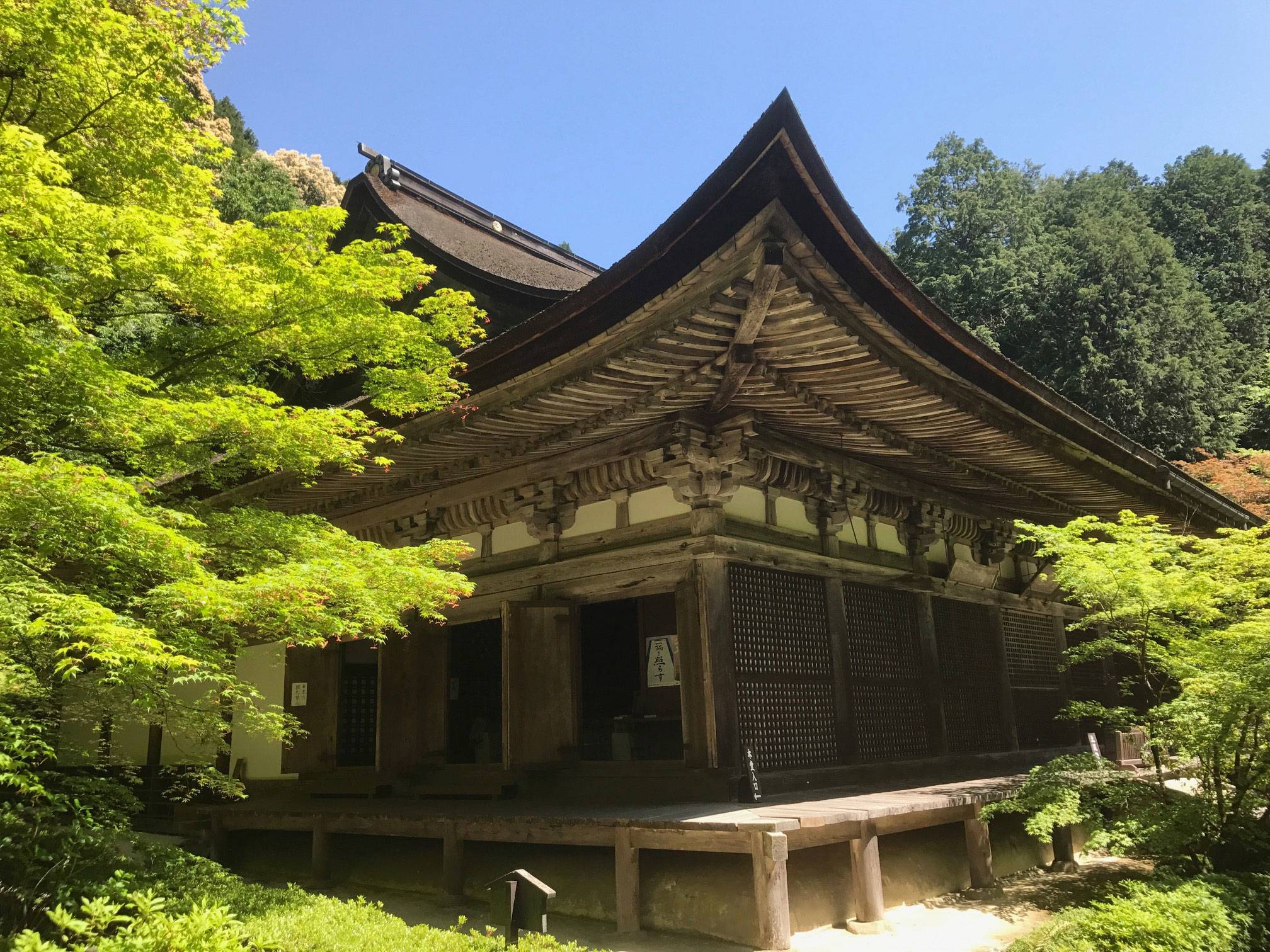
金剛輪寺
天平13年(741)に行基が開いた寺。湖東三山のひとつで、本堂(国宝)をはじめ二天門(重要文化財)や三重塔(重要文化財)などの文化財が並ぶ。行基の作と伝えられる本尊・聖観世音菩薩は住職一代につき1度のみの公開だが、重要文化財の指定を受けた仏像10数体が拝観できる。桃山~江戸中期に造られた庭園(名勝)は近江一と称される。
Info
Business Hours
Spot Category
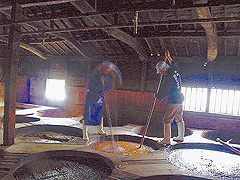
The information provided reflects the details available at the time of the survey.
Please note that facility details may change due to the facility’s circumstances, so please check for the latest information before visiting.
This content has been translated using machine translation.
Information provided by: JTB Publishing
The content uses an automatic translation service, which is not always accurate.
The translated content may be different from the original meaning, so please understand and use it.

天平13年(741)に行基が開いた寺。湖東三山のひとつで、本堂(国宝)をはじめ二天門(重要文化財)や三重塔(重要文化財)などの文化財が並ぶ。行基の作と伝えられる本尊・聖観世音菩薩は住職一代につき1度のみの公開だが、重要文化財の指定を受けた仏像10数体が拝観できる。桃山~江戸中期に造られた庭園(名勝)は近江一と称される。
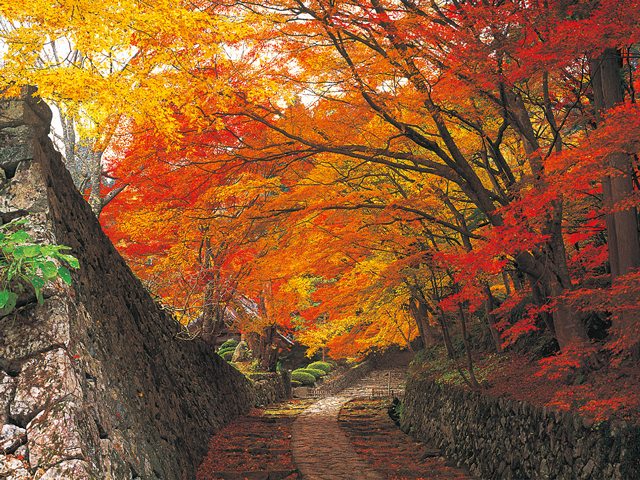
「湖東三山」とは琵琶湖の東、鈴鹿山麓に位置する西明寺、金剛輪寺、百済寺の総称。いずれも紅葉の名所として、秋には色鮮やかな紅葉と歴史ある寺院との美しいコントラストを楽しみに、多くの人で賑わいをみせる。

愛荘町の緑豊かな地域にあり、周辺の地元農家から届いた、採れたてでみずみずしい旬の野菜や果物が店内を鮮やかに彩る。小菊などの切花や地元の米、漬物などたくさんの農産物を販売。店内には東びわこ農協初のオープンキッチンも設置し、採れたて新鮮野菜を使ったイベントも予定。
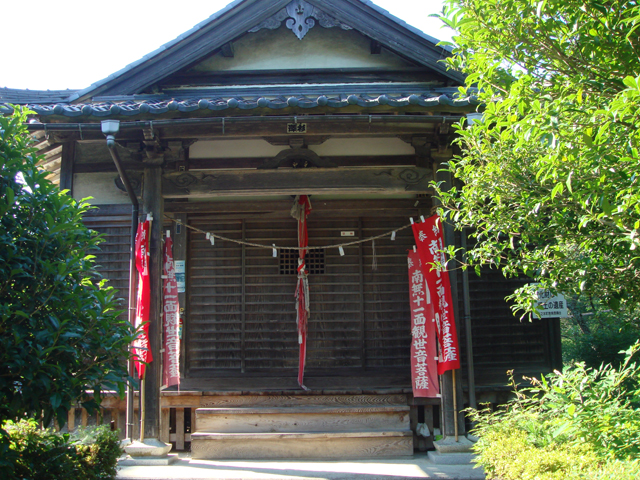
Standing in a quiet mountain area overlooking the Takataka River, there is a statue of the Eleanji Guanyin (Important Cultural Property), which has a striking neat face of fine eyes and thin lips. The work of the Heian period. It is introduced in the novel "Hoshito no Matsuri" by Yasushi Inoue as "Guanyin-sama, modeled on the figure of a princess maiden." it is necessary to contact the Okubiwa Tourism Association in advance for viewing.
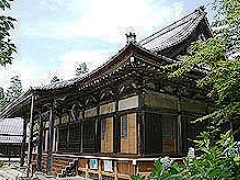
It was founded by Prince Shotoku and later re-founded by Isakenjin. The jōjō nakatoki [Nakatoki] and the tombs of the vassals (historical sites), which were self-bladed with the fall of the Kamakura shogunate, are located in the precincts, and the "Rukura [Rokuhara] North-South Pagebook" (Important Cultural Property), which bears their names, also remains. Also enshrined is the Jizo of "Bōba no Chutaro", famous for his "Mother of the Pyelid" by Shinsaku Hasegawa.

The Bodaiji temple of the Ii family, which was moved from Yōshu Iitani, and is famous for its famous gardens, including the "Fudaraku no Yard" of Karesansui with 48 stones placed on white sand.
This website uses cookies so that we can provide you with the best user experience possible. Cookie information is stored in your browser and performs functions such as recognising you when you return to our website and helping our team to understand which sections of the website you find most interesting and useful.
Strictly Necessary Cookie should be enabled at all times so that we can save your preferences for cookie settings.
If you disable this cookie, we will not be able to save your preferences. This means that every time you visit this website you will need to enable or disable cookies again.
